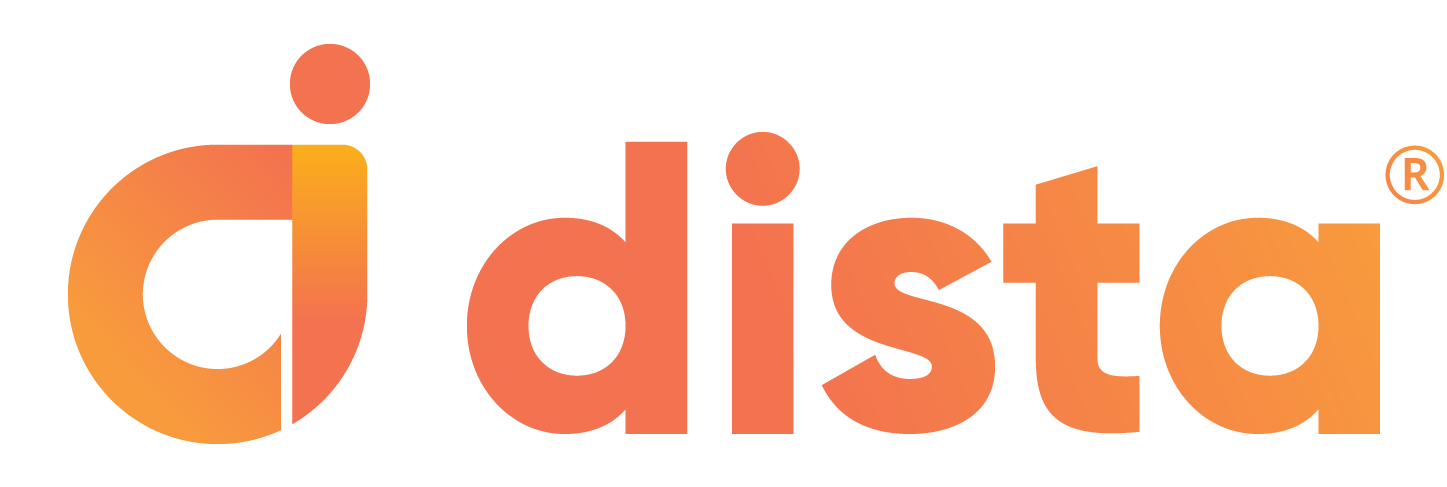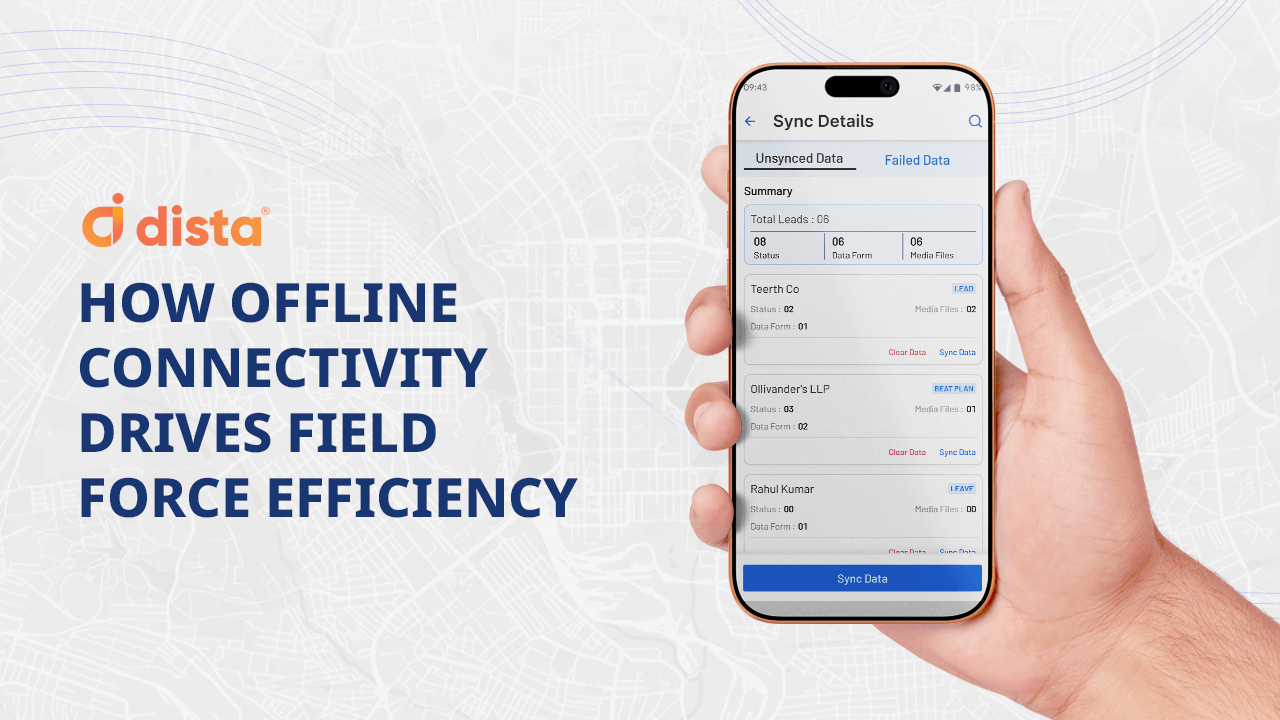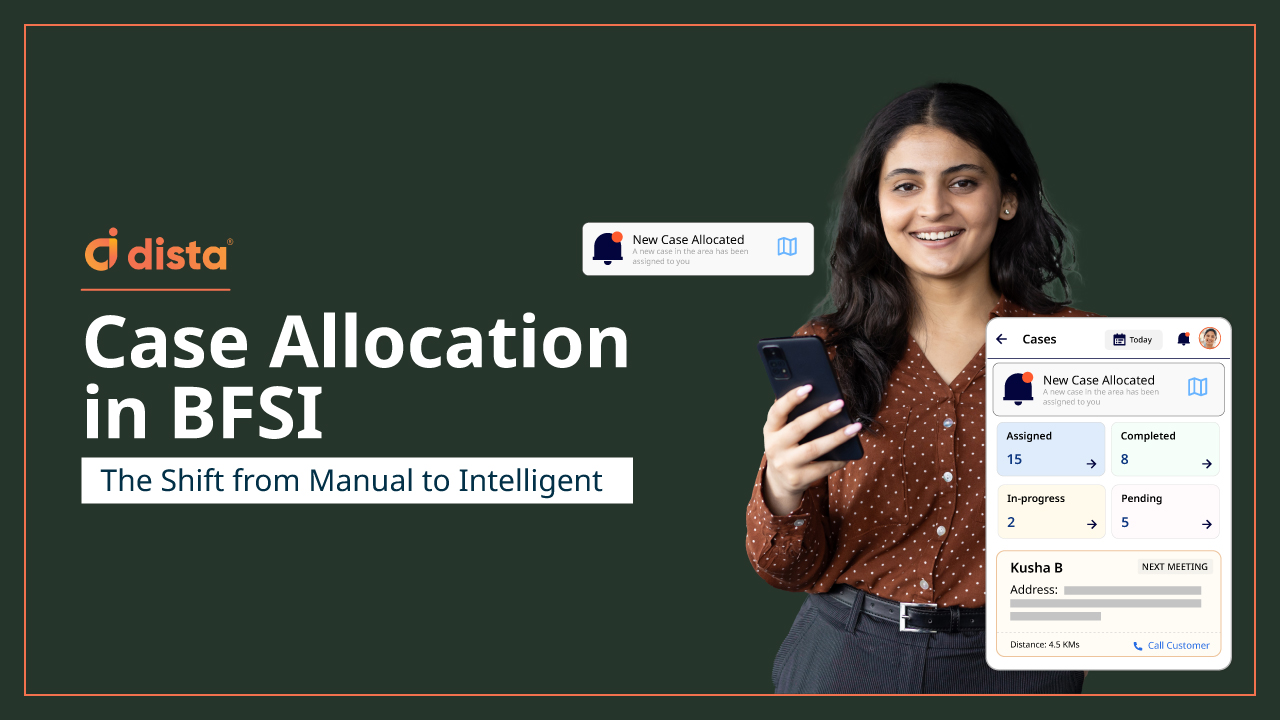The Vehicle Routing Problem
The vehicle routing problem involves dealing with complex delivery workflows, allocating the right vehicle, planning multiple stops, and meeting shorter delivery window timelines while managing fuel efficiency. Another important aspect for any logistics or supply chain business is to make routes cost-effective as their customer base expands. As more and more routes get added into the system, route planning turns exponentially more complex and challenging, which can only be aided with the help of advanced technology.
A study by The Hinkle Charitable Foundation found that 16 mins of vehicle idling per day can result in wastage of 3.8 million gallons of gas, while a Capgemini research highlights that 55% of customers would stop using a retailer after two to three late deliveries. These figures accentuate the need for better routing so that businesses can commit to faster shipping!
Why is Route Planning Complex?
Route Planning is not a simple exercise because there are various factors associated with this function. Let’s understand some critical factors that make route planning complex:
1) Mileage
2) Driver Productivity
3) Environmental Regulations
4) Optimizing Costs
What is a Route Optimization Software?
Route optimization software intelligently designs optimal navigation routes allowing logistics managers to spend their time on other important tasks. By smartly considering various factors such as available vehicle capacity, driver costs, multiple destinations, and committed time windows, the system helps businesses manage their logistics and supply chain in a way that’s most efficient and cost-effective.
Routing software can support in-house fleet as well as third-party fleets, or a combination. It can also design routing strategies that are static, dynamic, or hybrid involving the automatic or manual selection of certain preferences, such as the specific time period, live traffic, seasonal trends, etc. A dynamic dispatching algorithm then distributes orders across the designated fleets and calculates the best routes and vehicles for ensuring that deliveries reach customers on time. What’s more, is that it allows live tracking with predictive ETAs. By leveraging your fleet’s historical data, this routing software can drive significant efficiency and savings.
The growing list of advantages for route optimization software includes shorter routes, multiple stops, delivery SLA compliance, accurate addresses, lesser idle time, better utilization, predictive insights, which overall contribute to a greener initiative!






